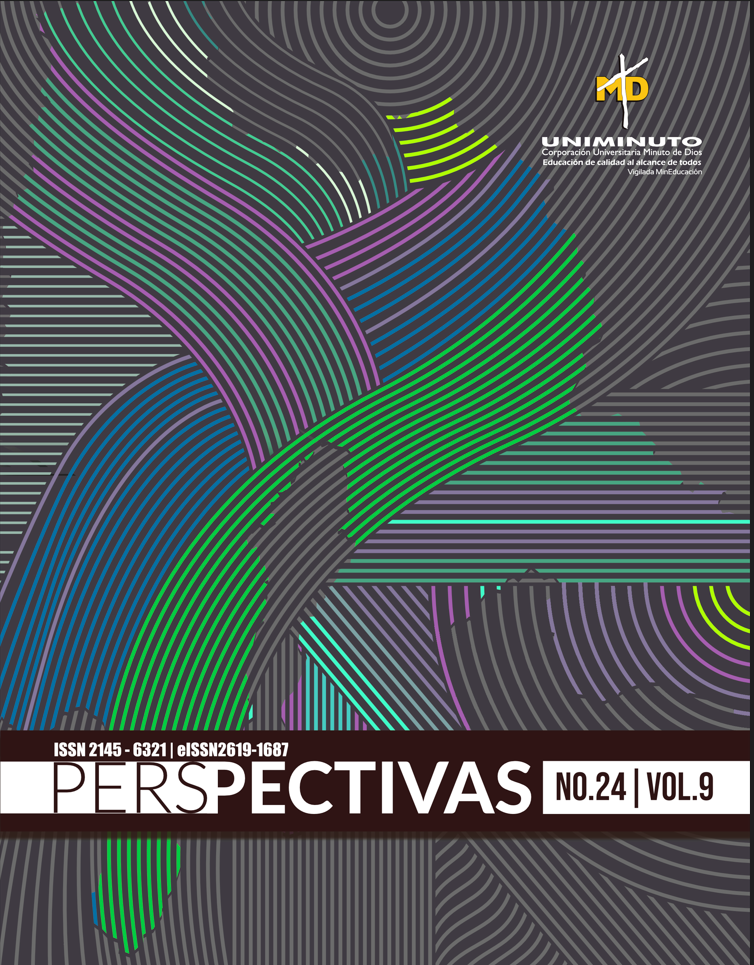Desafiar la comprensión del alumno: Estrategias inteligentes para crear preguntas de opción múltiple únicas
Contenido principal del artículo
Resumen
Las preguntas de opción múltiple cuidadosamente diseñadas tienen el potencial de engañar a los estudiantes y poner al descubierto sus puntos débiles en la comprensión de los conceptos de mecánica de suelos. Existe la tendencia a que los estudiantes no sólo elijan fórmulas similares pero incorrectas, sino que también se equivoquen a menudo en los cálculos, aunque la fórmula elegida sea correcta. El propósito de esta investigación es crear una pregunta única de opción múltiple y determinar el nivel de dificultad de la pregunta, el poder diferencial de la pregunta, la estadística descriptiva, la validez, la fiabilidad y la respuesta al ítem. Además, también se trata de averiguar la adecuación entre la tendencia a elegir respuestas en preguntas de elección múltiple y las predicciones en la elaboración de preguntas. Esta investigación tiene carácter de investigación de desarrollo. Las preguntas del test de elección múltiple del curso de Mecánica del Suelo 1 se elaboran prediciendo las respuestas que podrían elegir los alumnos. De las 12 preguntas, hay 4 de dificultad baja, 5 de dificultad media y 3 de dificultad alta. De las 12 preguntas, hay 2 preguntas con poca diferenciación, 7 preguntas son suficientes, 2 preguntas son buenas y 1 pregunta es muy buena. Además, a partir de los resultados de la estadística descriptiva, la media es de 52,92; la mediana, de 58,33; el valor mínimo, de 8,33; el valor máximo, de 83,33, con un total de datos de 57. A partir de la prueba de validez, hay 2 preguntas que no son válidas, pero el valor de fiabilidad es alto con un valor de 0,63. Además, existe una correspondencia entre la tendencia a elegir respuestas en las preguntas de opción múltiple y las predicciones en la elaboración de preguntas.
Detalles del artículo
Número
Sección

Esta obra está bajo una licencia internacional Creative Commons Atribución 4.0.
Cómo citar
Referencias
Anugrahana, A. (2020). Analisis kesalahan matematika konsep operasi hitung bilangan bulat mahasiswa calon guru sekolah dasar. Sigma, 5(2), 91-99.
Arif, M. (2016). Pengembangan Instrumen Penilaian Mapel Sains melalui Pendekatan Keterampilan Proses Sains SD/MI. Ta'allum: Jurnal Pendidikan Islam, 4(1), 123-148.
Dewi, S. N. (2020). Dampak Covid-19 terhadap pembelajaran daring di perguruan tinggi. Jurnal Pendidikan Ilmu Pengetahuan Sosial (JPIPS), 12(2), 87-93.
Fauzan, R. (2019). Pemanfaatan gamification Kahoot. it sebagai enrichment kemampuan berfikir historis mahasiswa pada mata kuliah sejarah kolonialisme Indonesia. En Prosiding Seminar Nasional Pendidikan FKIP (Vol. 2, No. 1, pp. 254-262).
Hapsari, F., Desnaranti, L. y Wahyuni, S. (2021). Peran guru dalam memotivasi belajar siswa selama kegiatan pembelajaran jarak jauh. Research and Development Journal of Education, 7(1), 193-204.
Maharani, A. (2020). Computational thinking dalam pembelajaran matematika menghadapi Era Society 5.0. Euclid, 7(2), 86-96.
Maryani, I. y Martaningsih, S. T. (2020). Motivasi guru sekolah dasar pada pelatihan pengembangan alat evaluasi berorientasi HOTS dalam pembelajaran jarak jauh di masa pandemi covid 19. In Prosiding Seminar Nasional Hasil Pengabdian kepada Masyarakat Universitas Ahmad Dahlan (Vol. 2, No. 1, pp. 789-798).
Rohim, D. C. (2019). Strategi penyusunan soal berbasis hots pada pembelajaran matematika sd. Jurnal Riset Dan Konseptual, 4(4), 436-446.
Wahyuni, Y. (2019). Analisis Tingkat Kualitas Soal Pilihan Ganda Penilaian Akhir Semester Gasal Mata Pelajaran Pendidikan Kewarganegaraan Kelas III MI NU Sholahiyah Pedawang Kecamatan Bae Kabupaten Kudus Tahun Pelajaran 2018/2019. [Tesis doctoral, IAIN KUDUS).
Zaenudin, M., Nugraha, D. y Faizah, S. (2023). Workshop penyusunan skripsi, publikasi ilmiah dan pembuatan poster ilmiah bagi mahasiswa tingkat akhir jakarta global university. Jurnal Abdi Insani, 10(3), 1543-1554.

